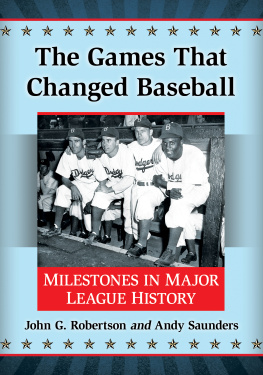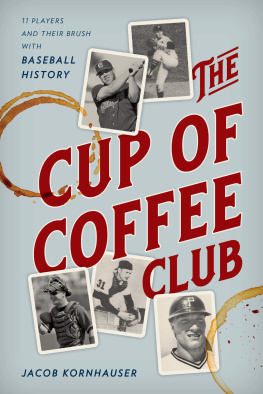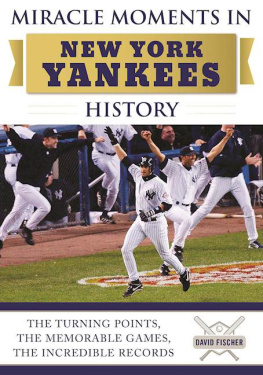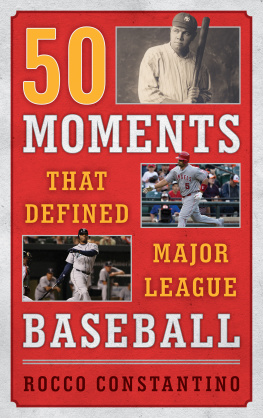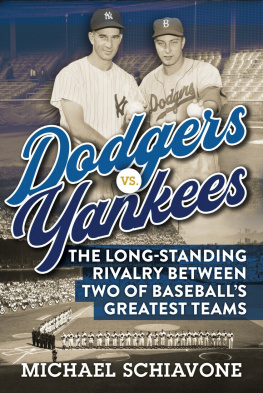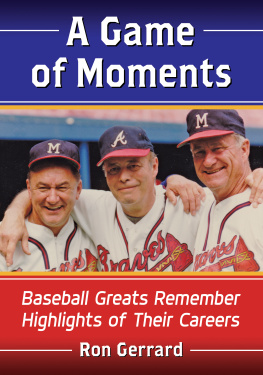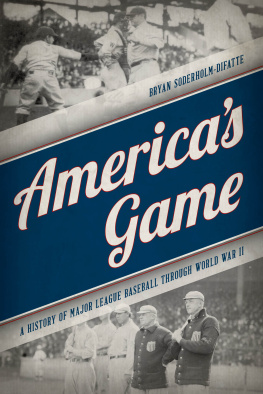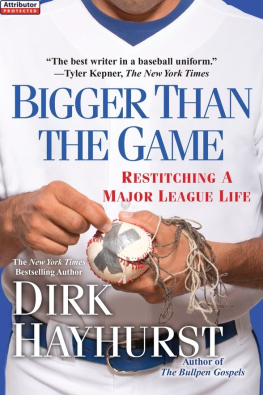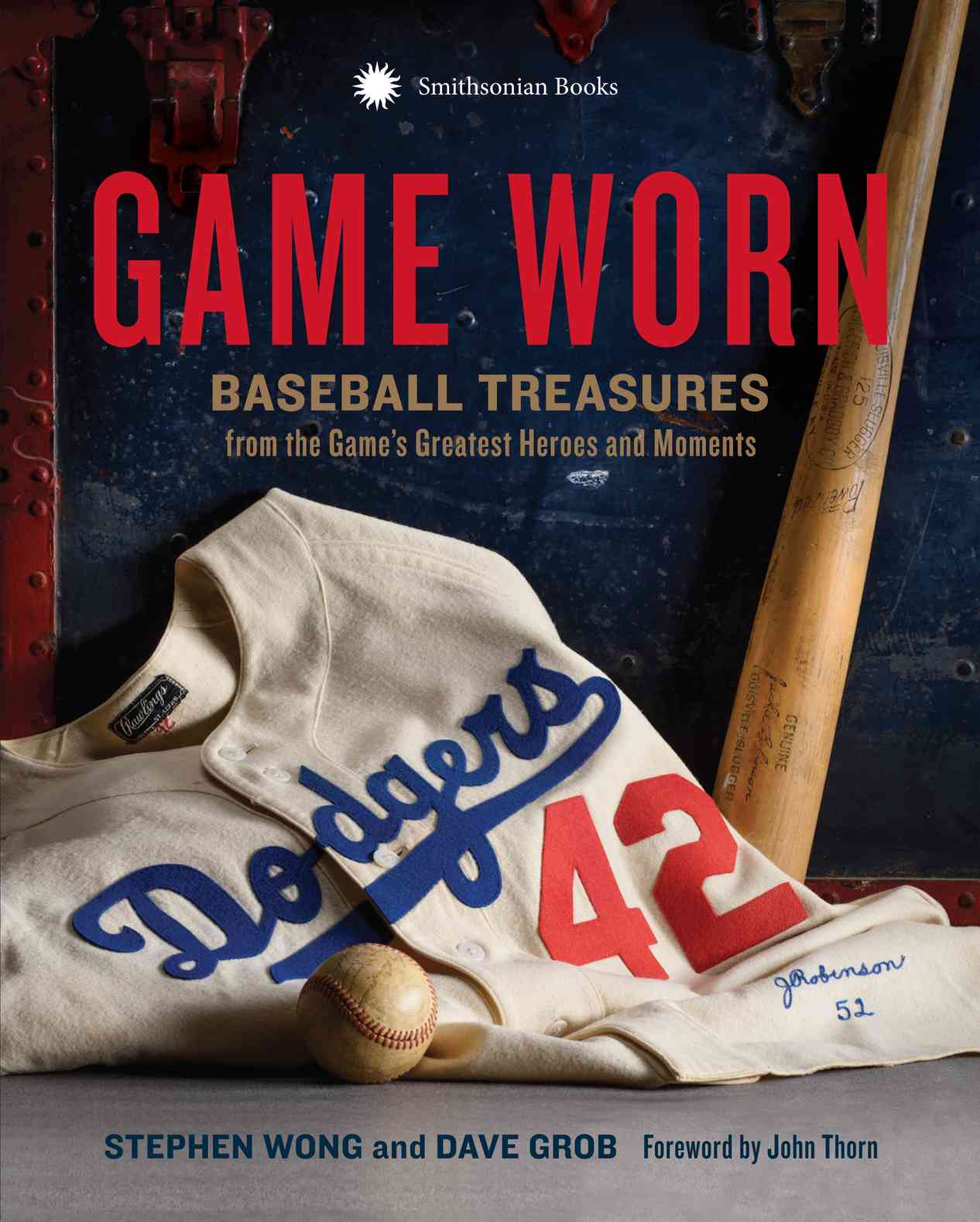FOREWORD BY JOHN THORN
ID HAVE PLAYED FOR NOTHING JUST TO GET TO WEAR THE UNIFORM,
a young Babe Ruth said in 1914 after signing with Jack Dunns Baltimore Orioles of the International League. Sure, he was the star of the St. Marys Industrial Home team and knew that he now might have to work his way up from the bottombut the raiment of the top club was what drove him, and countless other kids in scruffy baseball gear, to dream big. Not long ago, a Ruth jersey from 1920, the Babes first year with the Yankeesthe biggest clubsold for $4.4 million.
Yet such sales are not what account for the booming business of authentic replica jerseys and caps; the point of that is to keep the dream alive long past the point of truly believing it could be you down there, on the field. Fantasy baseball is not only a game played with stats online; fantasy is the very essence of being a fan, the idea that the strength of your belief will somehow tilt the games outcome.
This is why game-worn uniforms have ascended to the pinnacle of the memorabilia hobby. Some vestige of an idols heroism and personalityauthenticity, if you willattaches to the garment and its new possessor. Would Dr. Freud call this attraction fetishism? Yes, in the sense that the part stands in for the whole and offers some of the gratification provided by a larger relationship. But it is not mere fetishism of the sort one might easily scorn; there is a mystic chord of memory that arises from the ceremonial garment. At the Baseball Hall of Fame, stop at Ruths locker, forever open to display the Yankee uniform he last wore, and a shiver of unforeseen emotion comes over you.
This splendid book traces the story of game-worn uniforms from roughly 1900 onward, choosing that start date in large part because so few specimens from the 1800s have survived. Of course, baseball was played long before anyone thought that uniforms might be a good idea. Our first record of consistent team garb is from the Knickerbocker Base Ball Club, whose members adopted in 1849 an ensemble consisting of blue woolen pantaloons, white flannel shirt, and chip (straw) hat. Oddly, the Knickerbockers always wore pants, never knickerbockers (also known as knickers or knee breeches), even after Cincinnati innovated its calf-exposing, lady-thrilling red stockings in 1867. A Cincinnati paper noted:
Now, be it known that knickerbockers, today so commonthe showing of the manly leg in varied colored hosewas unheard of, and when Harry Wright occasionally appeared with the scarlet stockings, young ladies faces blushed as red as its hue, and many high-toned members of the club denounced the innovation as immoral and indecent.
Hall of Fame pioneer George Wright, shortstop of the undefeated Cincinnati Red Stockings of 1869, recalled that in the 1860s, the regularly organized clubs of the time wore uniforms which would seem exceedingly strange and grotesque at the present day. In those days players wore long pants of various colors, either of grey, white, dark blue, or of a mixed check material. Extending down the side of the leg on the seam was sewed a broad white or red stripe, which gave, as you may imagine, a decidedly military air to the garment, in marked contrast to that worn today.
If sport is sublimated warfare, one may understand the appeal of differentiating clubs by the styles and colors of their uniforms. Baseball uniforms of the 1870s and 1880s erupted into a rainbow that owed nothing to national aspiration or military tradition but much to the theater: skullcaps of different colors assigned by position played (Chicago, 1876), striped silk jerseys (all teams, 1882), and blood-red flannel uniforms, top and bottom (Chicago, 1883; Louisville, 1888).
Jerry Seinfeld said in one of his routines, Loyalty to any one sports team is pretty hard to justify, because the players are always changing; the team could move to another city. Youre actually rooting for the clothes when you get right down to it.Laundry. Were rooting, were screaming, about laundry here. Unknowingly, Seinfeld was echoing an observation offered by Pliny the Younger in the context of chariot races in 109 CE: If indeed it were the swiftness of the horses, or the skill of the men that attracted them, there might be some pretense for it [the passion of the crowd]. But it is the dress they like; it is the dress that takes their fancy. And if, in the midst of the course and the contest, the different parties were to change colors, their different partisans would change sides and instantly desert the very same men and horses whom just before they were eagerly following.Such mighty charms, such wondrous power reside in the color of a paltry tunic!
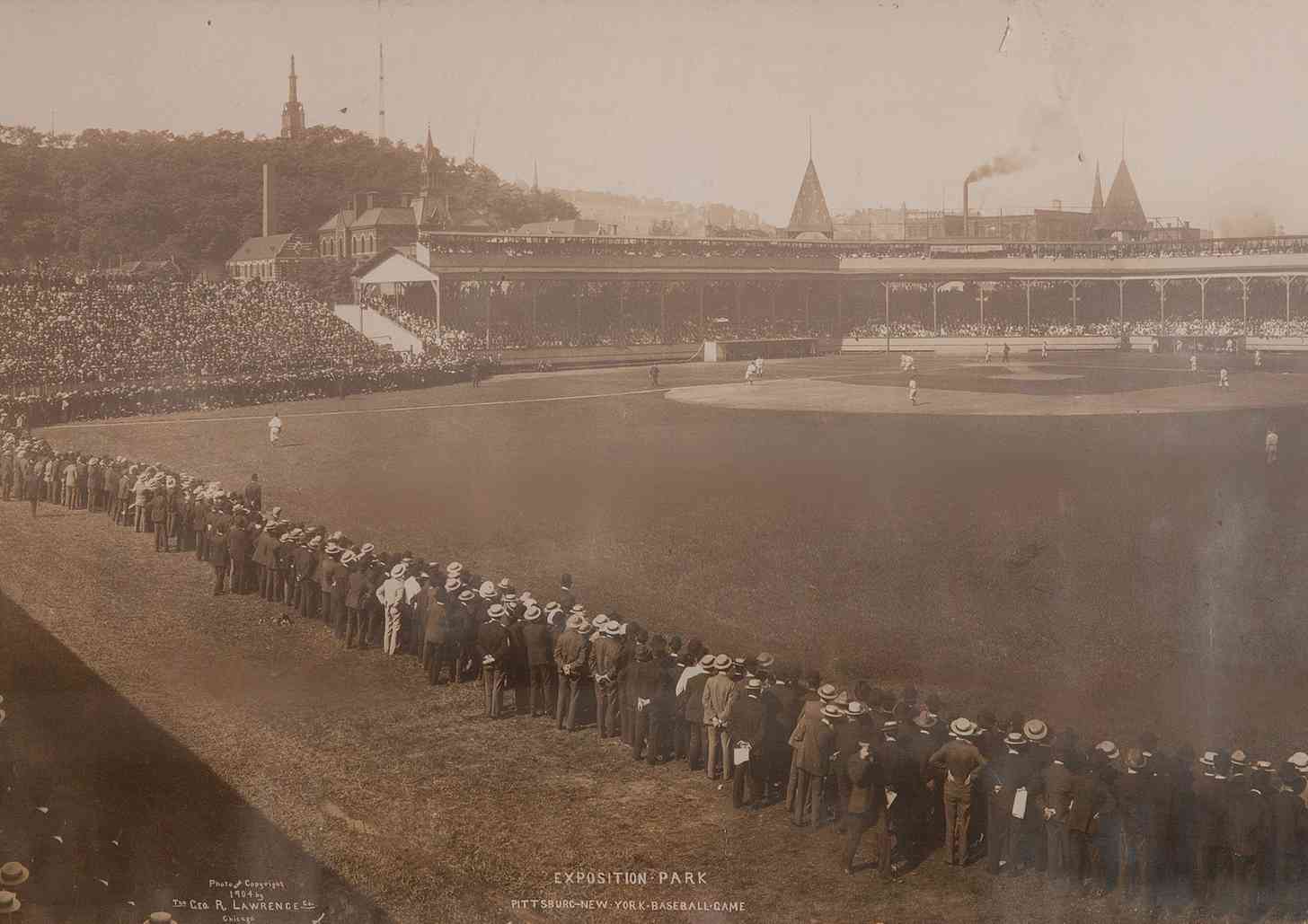

Panoramic photograph by George R. Lawrence of a game between the Pittsburgh Pirates and the New York Giants, Exposition Park, August 23, 1904


